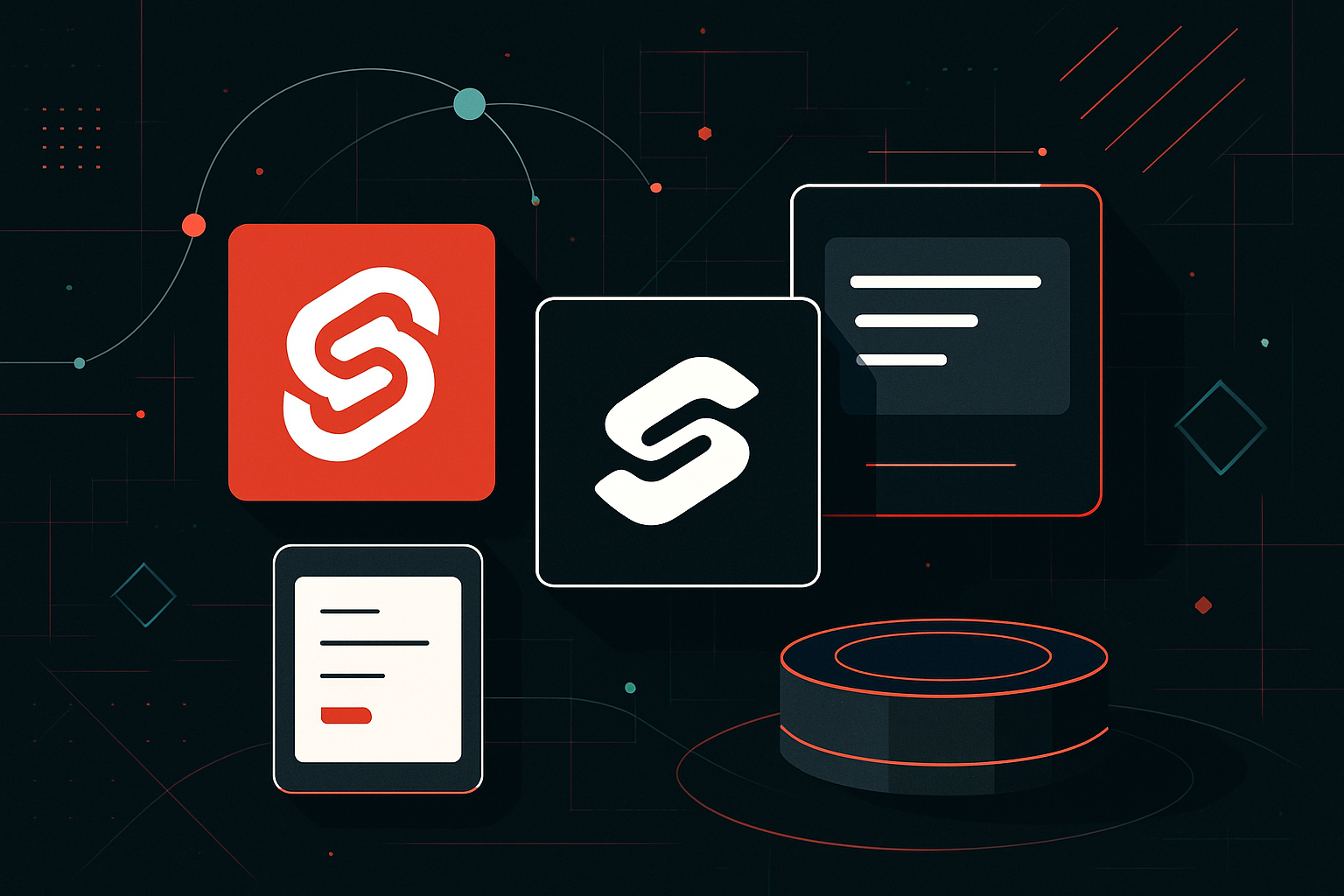Securing Remote Workforces Against Cyber Threats

Understanding the Cyber Threat Landscape for Remote Workforces
The shift to remote work has exponentially increased the attack surface for cyber threats. The absence of a controlled office environment means employees are often left to secure their own devices and networks. This section explores the types of cyber threats that remote workforces face, including phishing, malware, and man-in-the-middle attacks.
Common Cyber Threats
-
Phishing Attacks: These attacks often exploit employees’ lack of awareness, tricking them into giving up sensitive information through seemingly legitimate communications.
-
Malware: Remote devices can be easily targeted with malware, including ransomware, which can encrypt data and demand a ransom for its release.
-
Man-in-the-Middle Attacks: Public or unsecured Wi-Fi networks can be used by attackers to intercept communications between employees and corporate networks.
-
Insider Threats: Employees themselves can pose risks, whether intentionally or through negligence.
-
Endpoint Security Vulnerabilities: Remote devices are often less secure than those within a corporate network, making them prime targets for exploitation.
Implementing Robust Security Measures
To mitigate these threats, organizations must implement a multi-layered security approach, focusing on both technological and human factors.
Network Security
- VPNs: Virtual Private Networks encrypt data in transit, making it difficult for attackers to intercept or tamper with communications. Configure VPNs to enforce strict security policies and use strong encryption algorithms like AES-256.
bash
# Example OpenVPN server configuration snippet
port 1194
proto udp
dev tun
cipher AES-256-CBC
auth SHA256
- Zero Trust Architecture: Implement a Zero Trust model where no user or device is trusted by default. This involves rigorous identity verification and least-privilege access controls.
Device Security
-
Endpoint Detection and Response (EDR): Deploy EDR solutions to continuously monitor and respond to threats on remote devices. EDR tools can provide real-time insights and automate threat mitigation.
-
Regular Patching and Updates: Ensure all software and operating systems on remote devices are regularly updated to protect against known vulnerabilities.
Data Protection
-
Data Encryption: Encrypt sensitive data both at rest and in transit. Tools like BitLocker for Windows and FileVault for macOS can protect data on endpoints.
-
Data Loss Prevention (DLP) Solutions: Implement DLP tools to monitor and protect data from unauthorized access or transfer.
Access Management
-
Multi-Factor Authentication (MFA): Require MFA for accessing corporate resources to add an extra layer of security beyond just passwords.
-
Single Sign-On (SSO): Use SSO to reduce the number of credentials employees must manage, lowering the risk of password-related breaches.
Security Training and Awareness
-
Regular Training: Conduct regular cybersecurity training sessions to keep employees informed about the latest threats and best practices.
-
Phishing Simulations: Run phishing simulations to educate employees on how to recognize and avoid phishing attempts.
Monitoring and Incident Response
Establishing robust monitoring and incident response protocols is crucial for quickly identifying and responding to threats.
Monitoring Tools
-
Security Information and Event Management (SIEM): Deploy SIEM solutions to collect and analyze security data across the organization, enabling real-time threat detection.
-
Network Traffic Analysis: Use tools like Wireshark or Zeek for analyzing network traffic to identify anomalous behavior indicating a potential security incident.
Incident Response Plan
-
Develop a Comprehensive Plan: Outline clear steps for identifying, containing, eradicating, and recovering from cyber incidents.
-
Regular Drills: Conduct regular incident response drills to ensure that all team members understand their roles and responsibilities.
Summary of Key Strategies
| Strategy | Description |
|---|---|
| VPN Implementation | Encrypt data in transit to protect communications. |
| Zero Trust Architecture | Verify every user and device, enforcing least-privilege access. |
| EDR Deployment | Monitor and respond to threats on remote devices. |
| MFA and SSO | Enhance access control with multi-factor authentication and single sign-on. |
| Security Training | Educate employees on recognizing and mitigating threats. |
| SIEM and Network Analysis | Use advanced tools for real-time threat detection and analysis. |
Conclusion
Implementing these strategies can significantly enhance the security posture of remote workforces. By addressing both technological and human factors, organizations can create a resilient defense against the evolving cyber threat landscape.





0 thoughts on “Securing Remote Workforces Against Cyber Threats”